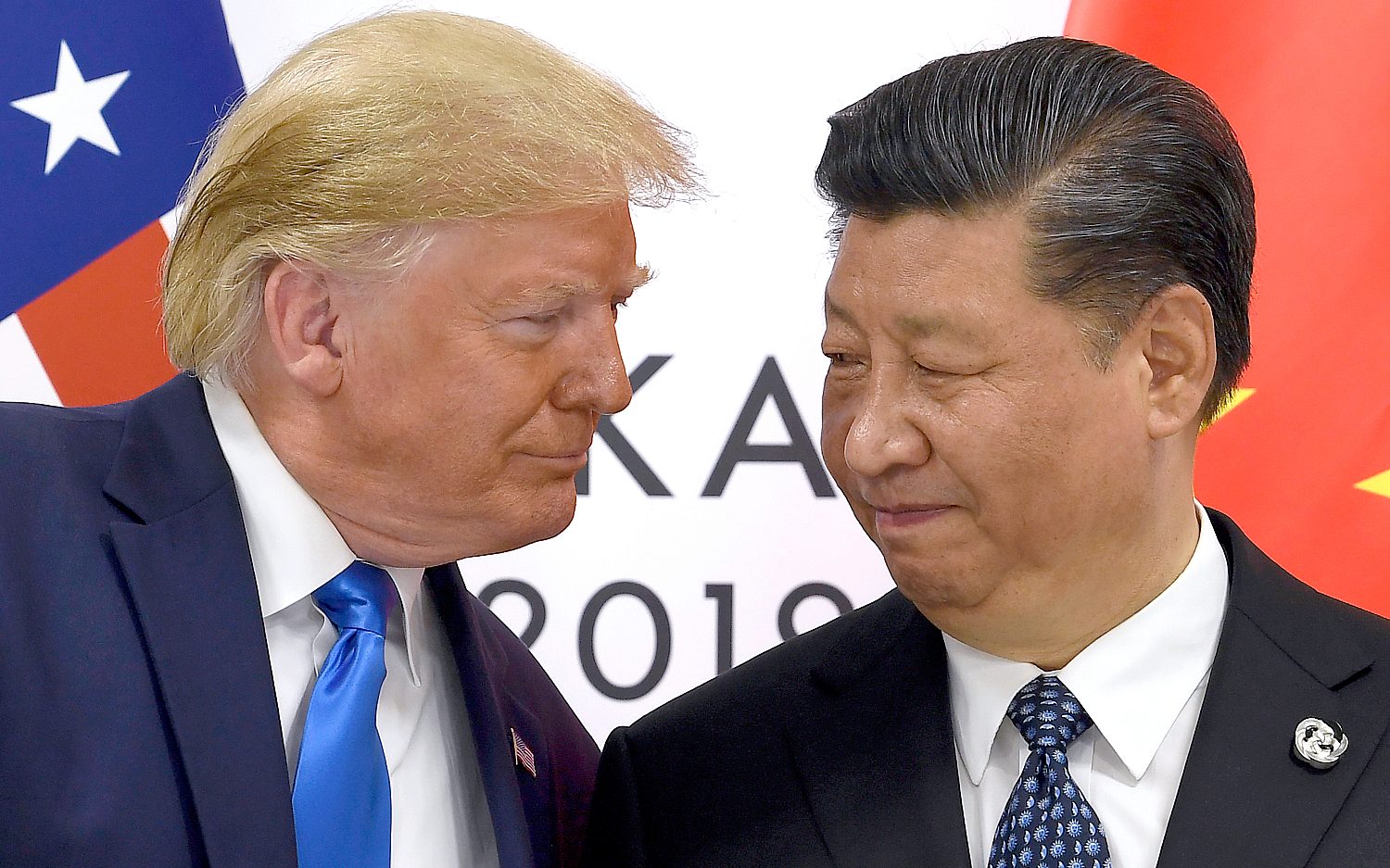Me, myself, and my selfie
The craze of snapping self-portraits and posting them on social media appeals to a generation enamored with disposable identities
Cinema may be the outstanding art form of the 20th century, but in the 21st, the pinnacle of creative expression could emerge as something entirely different: the selfie.
Recently, I was standing in line at the grocery store behind a woman and her two tween daughters. “I’m bored,” whispered one girl. “Let’s do one for Facebook.” And before you could say “Instagram,” the girl pouted into the lens—one hand holding her iPhone camera aloft, the other hand on her hip—and snapped. Her sister posed alongside with a similarly two-lipped pout, eyebrows raised and head cocked quizzically to the side.
For a generation raised on mantras of self-esteem, I suppose framing pictures at arm’s length and striking a heroic, sultry or brooding pose to share with the world must come naturally. From Justin Bieber and Madonna to teens and adults everywhere, the self-portrait photo has become a social media staple and cultural marker of our time. The word “selfie” is now a part of mainstream vocabulary (there’s even a new Wikipedia entry), conjuring up images of Myspace-style angles, “duck” faces, and peace signs reflected in dirty bathroom mirrors. Psychologists and sociologists argue that the selfie craze stems not only from technology, but from the drive for self-expression and identity experimentation among users.
“What is its allure? For one thing, it’s ridiculously easy to do,” wrote Bim Adewunmi in The Guardian. “Selfies offer a medium of control in a snap-happy era, where you’re in charge of the image produced, and all the editorial decisions are yours.”
As we’ve become a nation of amateur portrait snappers, smartphone cameras now boast wide-angle lenses, software enables photography via webcam, and Instagram (the popular photo-sharing service) allows users to tweak and select filters in a manner once reserved for professionals. Today, anyone armed with a smartphone can spend hours documenting themselves digitally. At last count, Instagram had more than 25 million photos tagged simply, “#me.”
But technology alone doesn’t explain the rise of the selfie. Psychologists and others who study teenagers say digital self-portraiture is an extension of typical adolescent behavior that previous generations expressed through clothing and hairstyle. Through selfies, photographers “try on” different faces—serious or surprised, artsy or melancholy—as the fluidity of digital media allows for provisional, disposable identities.
Nancy Wang Yuen, associate professor of sociology at Biola University, says the appeal of selfies comes from how easy they are to create and share. She adds that while mass adoption of smartphones and social media is new, the practice of recording one’s own image is not: The famous artist Vincent Van Gogh, for instance, was a prolific self-portrait painter.
“Selfies become, for the masses, an accessible outlet for creativity, much like the self-portrait was for Vincent Van Gogh,” Yuen said. “Perhaps in two centuries, people will look back on the selfie not as an act of narcissism, but as a democratized form of self-expression.”
Some selfies are silly commemorative shots, like Hillary Clinton and Meryl Streep’s toothy photo at the 2012 State Department gala. Others feature a more well-rehearsed theatrical quality. Ordinary girls transform into glamour queens bathed in mood lighting, while average boys become brooding antiheroes staring with arched eyebrows or sly smiles, sporting the unseasoned look of those “still waiting for their faces to accumulate enough depth of experience to communicate an earnestly manful expression,” as Slatewriter Troy Patterson observed.
William Brown, professor of strategic communication and journalism at Regent University, believes selfies do involve a great potential for narcissism among youth: “I see it as similar to the Facebook feature, ‘What am I thinking now?’ The question is, ‘Why should anyone care to know?’” However, he adds, play remains an important feature of media and some young people are simply having fun exploring online culture. With smartphone cameras and services like Instagram, anyone can manipulate his or her image and become a producer. “There may be nothing sinister about that,” Brown said.
But according to Bob Parr, professor of sociology at Cedarville University, the selfie craze is more than harmless fun or casual narcissism. The habit of sharing intimate images online could make young people vulnerable to sexual predators, Parr said. Looking for attention, naïve young girls share pictures of themselves in scanty attire or suggestive poses—often pseudo-model shots aped from the pages of celebrity magazines—but fail to realize how such visual messages could be received.
“The last thing girls intend to do is present themselves as sex objects, but that is how their photos will be processed by males,” Parr said. “The current selfie photo craze provides another opportunity for men to demean women, particularly those who are only teenagers.”
The key to any good selfie, apparently, is nonchalance, a fact I considered while attempting the photo that accompanies this story (my first smartphone selfie ever, in fact). But as I began snapping, the clumsily contrived images testified to an attempt at irony arriving at contradiction—because nonchalance, when contrived, isn’t really nonchalance. A picture can feature plenty of “self” while failing to authentically reflect the true “me.” We might wonder: when the primping, posing and lip-puckering exercises are through, are the selfies we take self-expressions, or self-presentations?
“Perhaps this explains why I detest the ‘selfie’ movement so much,” wrote Shona Sibary in London’s Daily Mail. “The result is an image that looks so fake, so unnatural, it really fails to capture the essence of a person at all.” In her article on the craze, Sibary bemoans her daughters’ addiction to posing for celebrity-inspired selfies for hours in front of a computer webcam. “I’m happy to settle for a simple smile,” she concluded. “How hard can it be?”
An actual newsletter worth subscribing to instead of just a collection of links. —Adam
Sign up to receive The Sift email newsletter each weekday morning for the latest headlines from WORLD’s breaking news team.




Please wait while we load the latest comments...
Comments
Please register, subscribe, or log in to comment on this article.